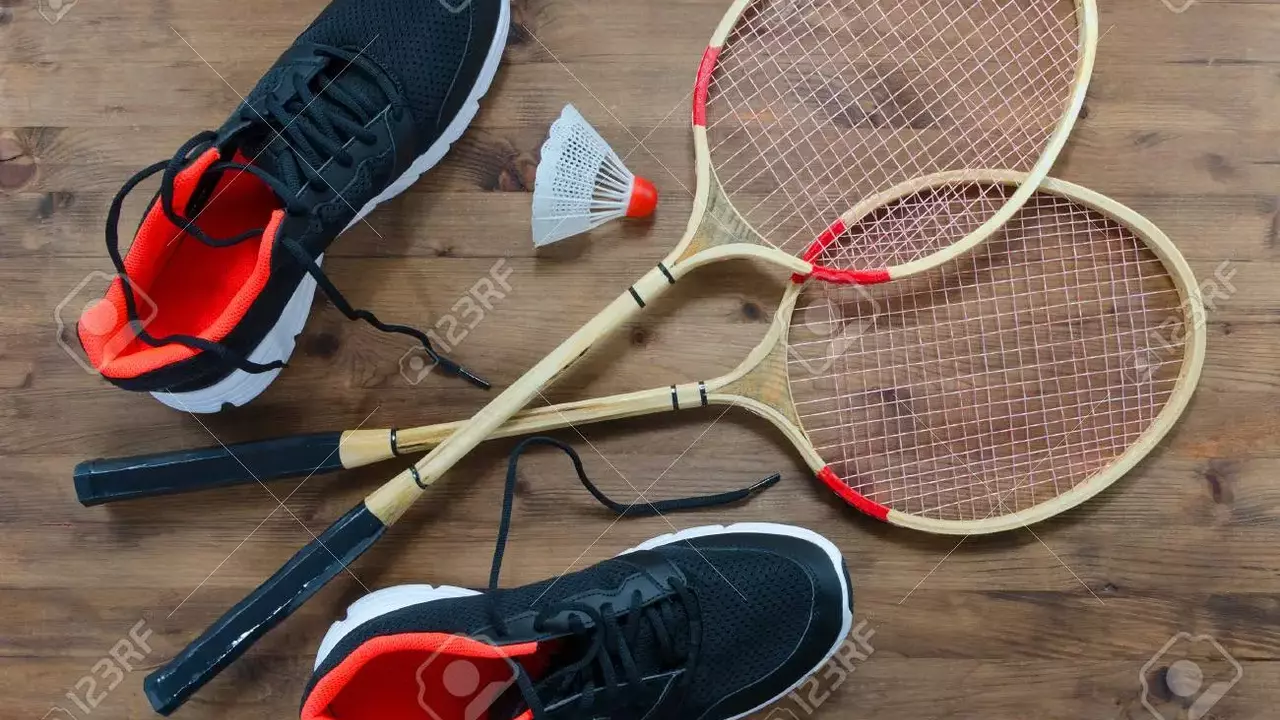Understanding the Basic Principle of Snow Shoes
Before we dive into the idea of using tennis rackets as snow shoes, we first need to understand the basic principle of snow shoes. Snow shoes are designed to distribute your weight over a larger area so that your feet do not sink completely into the snow, a quality called "flotation". This is achieved by the large, flat surface area they provide.
Historically, snow shoes were actually made of wooden frames with rawhide lacings, somewhat similar to the strings on a racket. However, modern snow shoes are made of light metal, plastic and synthetic fabric. The design has evolved significantly over the years to improve comfort, ease of use, and efficiency.
The Appeal of Tennis Rackets
Now, let's consider why someone might think to use tennis rackets as snow shoes. The surface area of a tennis racket is definitely larger than the surface area of a shoe, which could potentially allow it to serve the purpose of a snow shoe.
Moreover, tennis rackets are also readily available and cheaper compared to snow shoes. Plus, there's a certain charm to the idea of utilizing what you have on hand rather than buying new equipment. However, does the theory really hold up in practice?
Practicality and Efficiency
While the idea of using tennis rackets as snow shoes might seem appealing, practicality and efficiency must be considered. Tennis rackets are not designed to withstand the weight of a human in snowy conditions. They are constructed to be light and aerodynamic for quick, swift swings, not to support weight.
The strings on a tennis racket are also unlikely to provide enough support and would likely break under the strain. Not to mention, the shape of a tennis racket is not optimized for walking, especially not in rough, snowy terrain.
Safety Concerns
One major concern when using tennis rackets as snow shoes is safety. Snow shoes are equipped with special features like crampons and heel lifts to provide traction and ease of movement on snowy and icy surfaces.
Tennis rackets lack these features, which could lead to slips and falls. Furthermore, the strings on a tennis racket could potentially snap under pressure, causing injury. Therefore, using tennis rackets as snow shoes could potentially be a risky endeavor.
Comfort and Convenience
Another factor to consider is comfort and convenience. Snow shoes are designed to be strapped securely to your boots, providing a stable and comfortable fit. Tennis rackets, on the other hand, would require some sort of makeshift strapping system, which may not be reliable or comfortable for extended use.
Moreover, walking with tennis rackets strapped to your feet would likely be awkward and cumbersome due to their shape and design.
Legal and Ethical Considerations
It's also important to note that using tennis rackets as snow shoes may not be legal in some areas. Parks and other public places often have rules and regulations regarding the type of equipment that can be used for safety and environmental reasons.
Furthermore, it's always important to consider the impact of our actions on the environment. Damaging tennis rackets by using them as snow shoes and then discarding them is not an environmentally friendly practice.
Conclusion
While the idea of using tennis rackets as snow shoes may seem innovative and cost-effective, the practicality, safety concerns, and potential legal and ethical considerations make it a less than ideal solution.
Investing in a pair of quality snow shoes will not only provide better performance and safety but also last for many seasons, making it a more sustainable and cost-effective choice in the long run.
